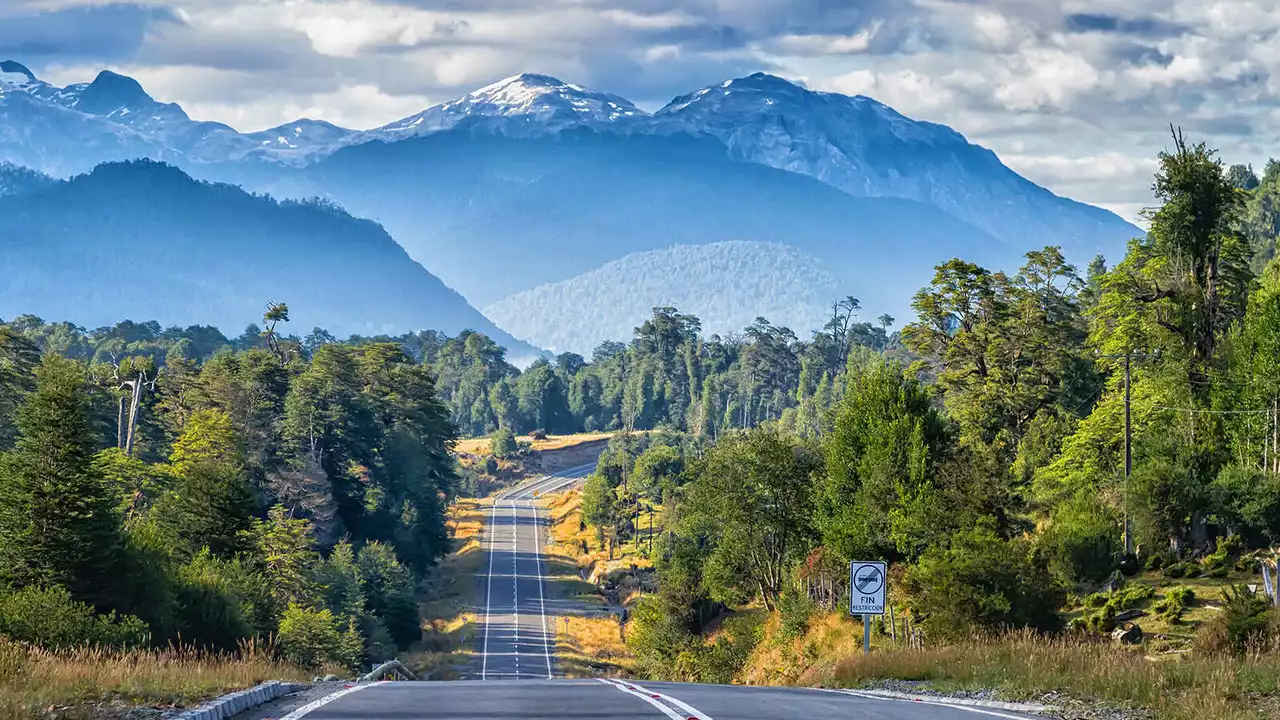Travel Tips for Motorbike Adventures – What You Need to Know
If you love the open road and a roaring engine, you’ll want every ride to be smooth, safe, and fun. Below are down‑to‑earth tips that help you pack right, plan routes, keep the bike happy, and enjoy the journey without a hitch.
Pack Light, Pack Smart
First thing’s first: the luggage you bring should never outweigh the bike’s handling. Use a single good‑quality tail bag or top case, and keep the weight low. Pack clothes in compression bags – they shrink, save space, and stay dry. Bring a quick‑dry jacket, a waterproof layer, and a couple of interchangeable gloves. Don’t forget a compact tool kit: a few wrenches, zip ties, and a multi‑tool handle most roadside fixes.
Plan Your Route Like a Pro
Before you hit the highway, pull up a map on your phone or a dedicated riding app. Mark fuel stops, rest areas, and scenic lookouts – these are the spots that break up long stretches and keep fatigue at bay. Avoid routes with steep, unpaved sections if you’re not comfortable off‑road. Check weather forecasts for each leg; a sudden rainstorm can turn a paved road into a slip hazard in minutes.
When you’re on the road, keep a notebook or a notes app handy to jot down good pit‑stops, cheap eateries, and any bike quirks you notice. A small log helps you refine future trips and avoids repeating mistakes.
Safety Gear Isn’t Optional
Never skimp on helmets, boots, and armor. A full‑face helmet with a good visor protects your face and eyes from wind, bugs, and debris. Invest in waterproof boots that also have decent ankle support – they keep your feet warm and safe on wet pavement. Layer your armor: a back protector, shoulder protectors, and elbow guards add a safety net without weighing you down.
Keep the Bike in Shape
Before every long ride, give the bike a quick once‑over. Check tire pressure, chain tension, oil level, and brake fluid. A fresh chain lube can spare you a squeaky ride and premature wear. Carry a portable tire inflator; a sudden drop in pressure can ruin a day’s plan.
During the trip, stop every 150–200 km to glance at the tires, brakes, and coolant. A brief pause to stretch also gives your body a break – riding stiffens muscles fast, and a few simple stretches keep you alert.
Where to Sleep
Camping under the stars is a classic motorbike experience, but it’s not for everyone. Look for biker‑friendly campsites that offer power outlets and secure bike parking. If you prefer a bed, book motels or guesthouses in advance during peak season – they often have parking spaces sized for bikes.
Use a portable lock for extra security, and always store valuables out of sight. A simple lock and a well‑lit spot go a long way in deterring theft.
Budget Hacks
Fuel can eat a big chunk of your budget, so plan routes with a mix of highway and secondary roads – the latter usually sip less fuel. Eat local street food instead of pricey tourist spots; you’ll save money and get an authentic taste of the region.
Finally, track expenses in a spreadsheet or an app. Seeing where your money goes helps you cut waste and plan bigger trips down the line.
With these travel tips, you’ll spend less time worrying and more time enjoying the wind in your face and the road ahead. Pack smart, ride safe, and let every kilometer become a story worth sharing.
After doing some research, I've found that the best route to drive from Denver to Seattle during winter is to take I-25 N and I-90 W, which is the most straightforward and safe route. It's important to keep in mind that winter conditions can be unpredictable, so be sure to check weather forecasts and road conditions regularly. It's also a good idea to equip your vehicle with winter tires, carry an emergency kit, and plan plenty of time for rest stops. Don't rush the trip, safety should always be your priority. Lastly, enjoy the scenic beauty of this route, as it offers spectacular views of the Rocky Mountains and the Pacific Northwest.

 Motorsports and Racing
Motorsports and Racing